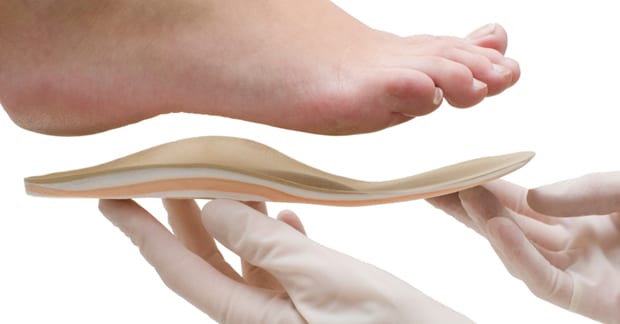It’s estimate that 15-20% of headaches originate in the neck. That is, dysfunction in the neck can put pressure on the three nerves that innervate the head, causing the symptoms associated with a cervicogenic headache.
The posture of the neck is also important. There is normally a forward curve of the neck, which keeps the head back over the shoulders. With a slouched posture, the head is in a more forward position and the body reacts by contracting the muscles at the back of the neck and shoulders. This constant pull of the muscles can cause pain at the base of the skull, possibly resulting in headaches.
But spinal problems away from the neck can also cause shifts in posture that can provoke a headache. Doctors of chiropractic take a full-spine approach to care because even shifts in posture at the hips can have profound effects higher up in the body. This is why your doctor may carefully examine your entire spine if you complain of headaches, and not just focus on your head or neck.
In some patients, there may be an asymmetry of the leg lengths. This can cause a shift of the pelvis and tilting, which will then need to be compensated from above. This can occur at the upper neck, because the body will usually try to keep your head on straight and your eyes level.
In addition to chiropractic adjustments in the neck, a patient may need a vertebra tilt corrected in the lower spine. In some patients with a short leg, a heel lift in the shoe is enough to give the added stability to the spine.
Sometimes the area of the body that patients feel pain may not be where the root cause is located. Headaches, more than many other types of pain, can have their cause far removed from the head itself. Although headaches can rarely be a sign of a serious problem, such as high blood pressure or diabetes, more often the spine is a cause that is too commonly overlooked.

